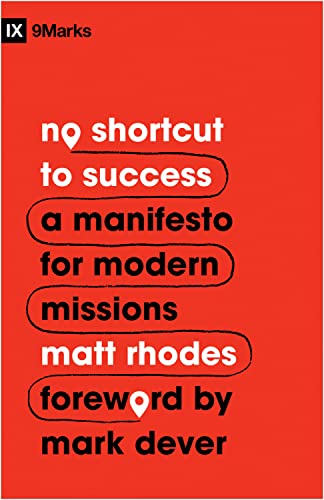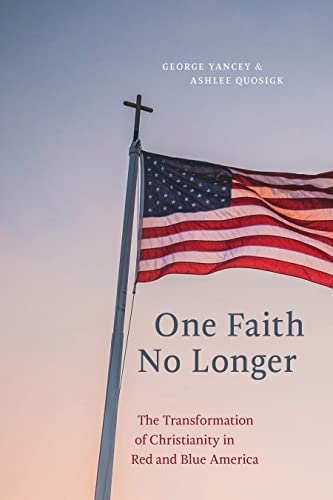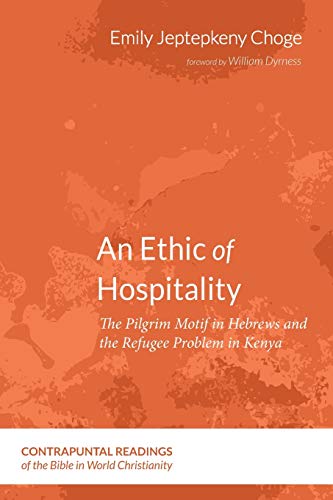No Shortcut to Success: A Manifesto for Modern Missions
Written by Matt Rhodes Reviewed By C. J. MooreConversations regarding movement methodology are back at the center of missiological discussions these days. Every other week, it seems there’s a new book, article, sermon, or podcast either promoting or opposing Church Planting Movements (CPM), Disciple Making Movements (DMM), Training for Trainers (T4T), and the like. It has been almost two decades since the publication of David Garrison’s Church Planting Movements: How God is Redeeming a Lost World (Midlothian, VA: WIGTake, 2004), yet people are still debating the validity of CPM practices.
When it comes to movement discussions, some deserve more attention than others. No Shortcut to Success is of the attention-deserving variety. Matt Rhodes—a church-planter with a decade of experience among the unreached in North Africa—has written an accessible book, introducing these methods to his readers, validating them where appropriate, critiquing them where needed, and helping pastors and missionaries—current or prospective—correct course according to biblical priorities.
In his chapters on movement methodology, he critiques several well-known practices: an insistence on rapid growth, overutilization of (flawed) science in missions, aversion to incarnational missionary witness, emphasis on self-discovery, persons of peace, obedience-based discipleship, and the installation of ill-prepared pastors. Rhodes contends that the undue emphasis on speed compromises the missionary’s goal of making disciples and planting churches that last. Thus, he invests the second part of his book in offering a more constructive approach to missionary methodology.
Rhodes sees an implicit danger in what he calls the “amateurization of missions” whereby missionary preparation is eschewed in favor of mobilizing evangelists quickly to the field. In contrast, Rhodes argues for what he refers to as the professional approach (p. 35). The professional skills he encourages potential missionaries to develop are slowly acquired—things like theological education, language acquisition, and an adequate understanding of the target people’s culture, religion, and worldview. Drawing on the lives of well-known missionaries, Rhodes describes his proposal in the same terms as William Carey’s self-professed plodding faithfulness.
In the second part of the book, Rhodes offers his constructive course correction. Whereas some missiologists argue that the missionary’s work is apostolic, Rhodes argues that the missionary’s work is better characterized by the Pauline language of being an ambassador (2 Cor 5). As Christ’s ambassador, the missionary’s main task is communicating the whole of the biblical message clearly, credibly, and boldly. He makes clear “that this is a monumental task,” requiring missionaries to “expend tremendous effort” (p. 174). Rhodes eventually offers “ten milestones” for building a faithful missionary model (pp. 176–80). Each of the milestones requires patience and perseverance. For those looking for both a critical engagement with contemporary missiology and a constructive path forward, I wholeheartedly recommend Rhodes’s book.
Still, one qualm movement practitioners are likely to have with Rhodes is that his critique is primarily focused on a carefully-selected handful of their camp’s books—some of which are twenty years old—instead of more recent field research on how movement methodology has developed in light of past critique. Thus, some may accuse Rhodes of presenting a caricature of what’s really happening currently on the ground. Such a critique, however, would be unwarranted. Rhodes does a sufficient job of interacting with both the primary sources on this topic and more recent works. He extensively quotes the proponents of movement methodology, allowing them to speak for themselves. Moreover, he often nuances his position by showing the many ways he agrees with them (pp. 70–71, 143, 172). It should also be noted that as practitioners adapt methods on the field, they have often done so without publicizing their correctives and adaptations to prior published works.
A few other clarifications and caveats are worth noting. First, one might think that Rhodes is wholly against pragmatism and numerical assessment of success since it is so characteristic of movement methodology. However, he actually argues himself that “pragmatic wisdom” is a “part of how we seek God’s will” (p. 35). Likewise, Rhodes is not dismissive of the importance of numerical results. Like movement advocates, Rhodes wants to see numerical results in Missions. However, he simply believes that movement methodology will not lead to lasting numerical results. He does provide some helpful nuance regarding his view of success: “Simply put, big numbers don’t define success in ministry… Ultimately, ‘success’ in ministry isn’t a matter of numbers but of ministering in a way that honors the Lord” (56).
Second, No Shortcuts would benefit from expanding its attention on the role of the local church in sending, training, and commissioning missionaries. Though chapter 9, “Equipping and Sending,” provided the chance to dive more deeply into the church-centered nature of a biblical missiology, he does not. Rhodes writes often about sending, yet he does not investigate or propose how churches are also to be involved in identifing, evaluating, equipping, commissioning, critiquing, supporting, celebrating, and receiving back their missionaries. If Rhodes is proposing a course correction for contemporary missiology, the church’s role in the whole process must be a central part of it.
Despite these caveats, No Shortcut to Success deserves to be read. What Rhodes argues compellingly is that missionaries need to move on from formulaic, reverse-engineered approaches to missions. We must not choose principles, methods, and tactics based primarily on what has worked but rather on what Scripture says about the missionary task—and sticking with it regardless of the speed at which results come.
C. J. Moore
C. J. Moore is an adjunct professor at Midwestern Baptist Theological Seminary in Kansas City, Missouri, and also serves as a pastor at Liberty Baptist Church in Liberty, Missouri.
Other Articles in this Issue
In the book of Kings, Elisha is the Spirit-empowered man of God who walks with God, represents God, and shows the way to covenant faithfulness through word and deed...
Baptists provide an excellent window into the American identity during the antebellum period...
This article explores Colossians, a letter in which Paul says a considerable amount about work...
This article offers a reading of Nicholas Wolterstorff’s objections to the doctrine of divine simplicity, which has seen a kind of rebirth amongst both Catholic and Protestant theologians in recent decades...
The Targums were not translations for the Aramaic-speaking masses who were ignorant of Hebrew...






